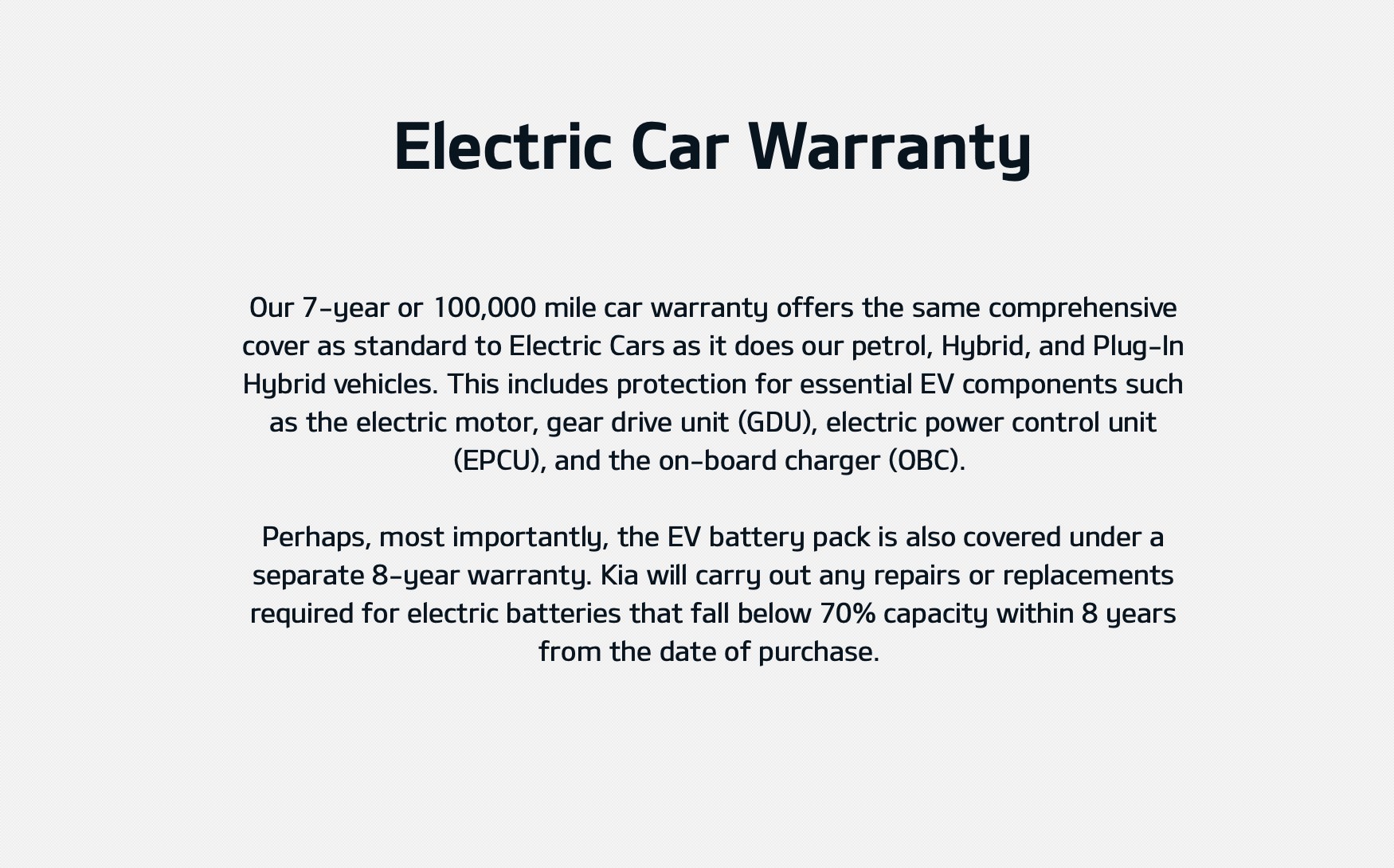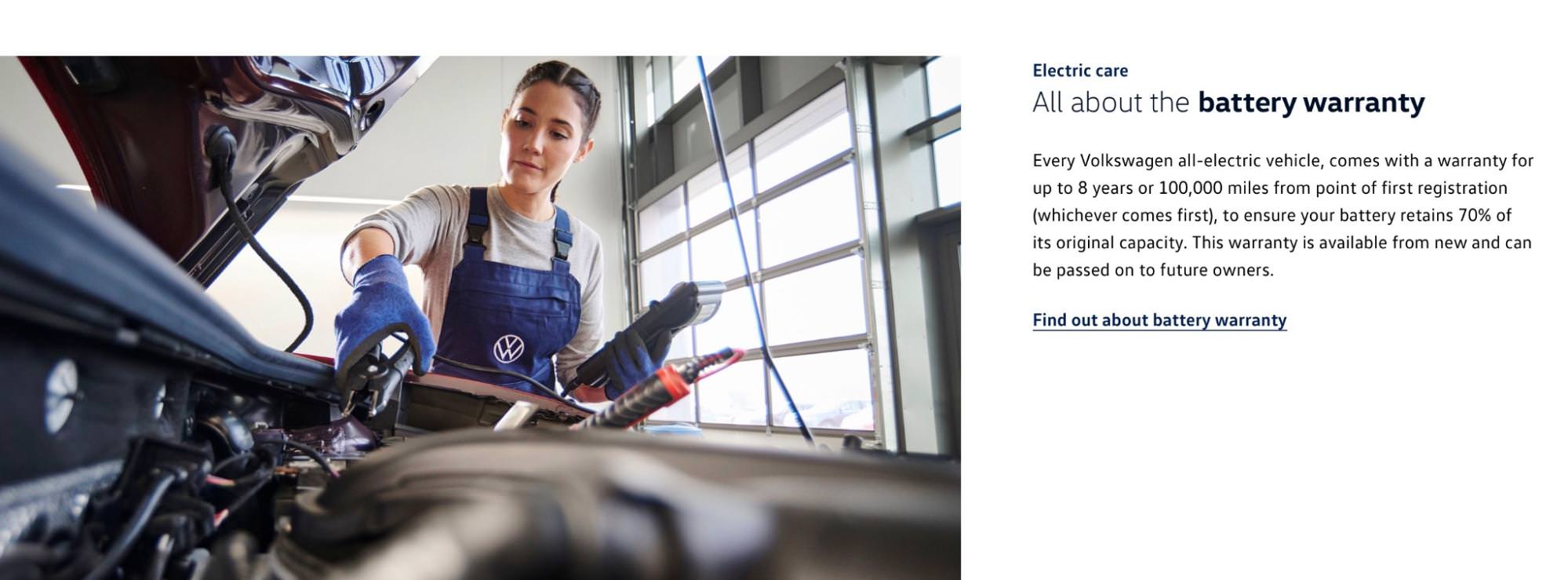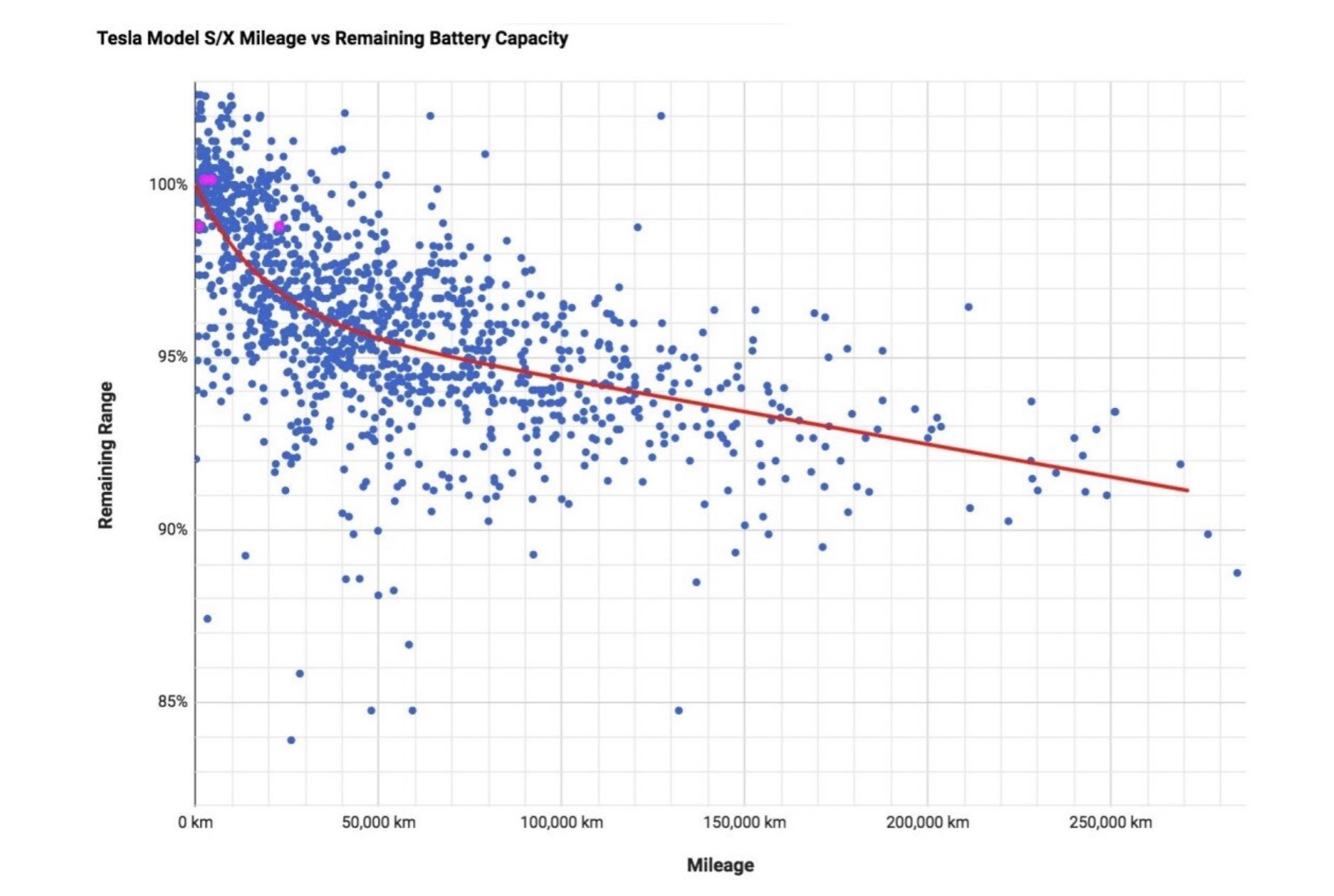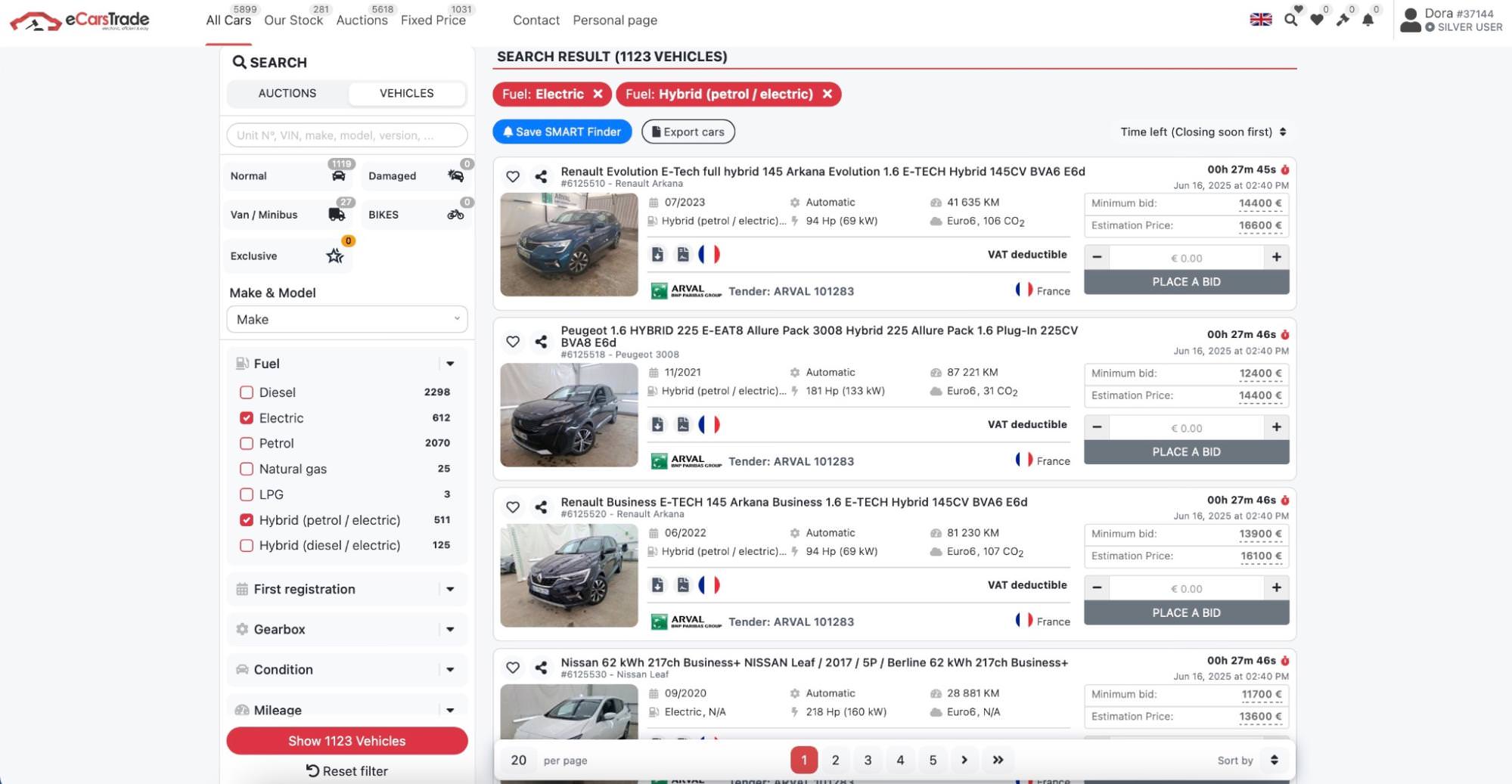- Blog
- Battery Degradation in Used EVs
Battery Degradation in Used EVs
Find out how EV batteries age, what affects their lifespan, and how to check battery health when buying or selling used electric cars in the EU.

Punti chiave
- EV batteries last longer than most people expect. On average, they lose just 2–3% capacity per year, and many cars still have over 85% after five years.
- Most battery wear happens early on, then slows down. A slight drop in range doesn’t mean the battery is bad.
- Simple charging and storage habits can noticeably extend EV battery lifespan.
If you’re selling used EVs, it’s likely that your customers often ask this question: “How long do EV batteries last?”
That’s a fair question because buyers want to know about the car’s range, and also its resale value in the years to come.
Luckily, battery degradation in used EVs is often slower than people expect, and there are reliable ways to check and manage it.
So, let’s see how electric car battery life works, and what you can do to keep your EVs running smoothly.
How long do electric vehicle batteries actually last?
One surprising fact about EV batteries is that manufacturers often underpromise their performance!
Most EV batteries last longer and degrade more slowly than the warranty suggests, especially in the EU, where the climate is mild and driving habits are less extreme.
Let’s look at what manufacturers promise, how that compares to real life, and what can affect battery health over time.
What manufacturers promise - EV battery warranties
Battery warranties vary from manufacturer to manufacturer. Most offer coverage for a set number of years or kilometers, whichever comes first.
For instance, Kia offers a separate 8-year EV battery warranty. If the battery’s capacity drops below 70% during that time, Kia will repair or replace it at no cost.

Image source: KIA
Volkswagen has a similar approach, offering an 8-year or 100,000-mile battery warranty (around 161,000 km), whichever comes first.

Image source: VW
The warranty guarantees that the battery will retain at least 70% of its original capacity and can be transferred to future owners.
Here are a few other examples:
- Tesla: 8 years or up to 240,000 km, depending on the model. Most warranties include a 70% minimum battery capacity guarantee.
- Renault: 8 years or 160,000 km for the battery in models like the Zoe, covering capacity below 70%.
- Hyundai: 8 years or 160,000 km, includes battery replacement if capacity drops significantly.
- BYD: 8 years, depending on the model.
Real-world examples
These warranty terms give a good sense of how long manufacturers expect electric car batteries to last. However, you might also be interested in how things turn out in real life.
You’ll be glad to hear that EV fleets and everyday drivers often state that battery degradation is slower than the warranties suggest.
On average, EV batteries lose about 2–3% of capacity per year, meaning that many cars still have 85–90% capacity after 5 years.
Reddit users have shown similar experiences in a popular thread on EV battery degradation:
- A Tesla owner reported only 7–8% battery loss after 130,000 km
- A VW ID.4 showed about 6% degradation at 40,000 km
- One driver saw just a 4% loss after 7 years, despite charging to 100% regularly
Most users have noticed that the biggest drop happens early, after which degradation slows to just 1–2% per year.
So, while warranties set a minimum standard, real-world EV battery performance is often even more reliable!
Common factors affecting battery SOH
State of health (SOH) is a measure of how much usable capacity an EV battery has compared to when it was new. For example, if a battery started with 60 kWh and now holds 54 kWh, its SOH is 90%.
It’s completely normal for an EV battery to have an SOH below 100%, even after just a year or two. Still, here are the most common things that can speed up battery wear:
- High temperatures
- Frequent fast charging
- Deep discharges (0–100%)
- High mileage and aggressive driving
If you make sure you warn your customers about these factors, they’ll know what to expect and how to take better care of their EVs.
Here’s how to improve your EV battery lifespan
Based on the factors you’ve just seen, here’s what drivers can do to slow down battery wear and get the most out of their EV’s battery:
- Avoid charging to 100% unless needed
- Try to keep the battery between 20–80% most of the time
- Park in the shade or garage to avoid heat buildup
These might seem like small steps, but they can help keep the battery healthier for longer, especially in used EVs.
Degradation chart and timeline
Let’s recap: battery degradation is normal and we should expect it. Also, people report that most of the degradation happens in the first few years, and then it slows down.
But if you’d like to get even more specific, take a look at this chart showing real-world data from Tesla Model S and Model X cars:

Image source: Electrek via Charged Future
As you can see, most vehicles lose about 5% capacity within the first 50,000 km. After that, the decline is much slower, and many still have over 90% capacity at 200,000+ km.
This gives us a useful reference: for most drivers and use cases, EV battery life is long and predictable. A small drop in range doesn’t mean the battery is failing; it’s just part of the normal aging process.
Assessing battery degradation by yourself
Let’s say you wanted to buy a fleet of EVs and check their batteries before reselling. Here’s what you can do to get a good idea of their current battery health.
► By yourself
You can buy SOH testing kits, plug them into your EV, and you’ll get an accurate reading of the battery’s current health. These EU-based providers can get you started:
Also, once you’re done with the testing, you can obtain SOH certificates that you can use to share transparent battery data with your buyers.
► Professional testing methods
If you’d prefer delegating battery tests, you can take EVs to local certified garages to run a full diagnostic and provide a battery health report.
Many dealers and service centres across the EU now offer this service, especially for popular brands like Tesla, Renault, and Volkswagen.
Top quality used electric vehicles on eCarsTrade
All in all, EVs seem to be as reliable as their combustion-engine counterparts, especially when you understand how battery health works. So, if you’d like to start importing the best used EVs for your dealership, eCarsTrade has you covered.
You can browse hundreds of EVs currently on auctions and find exactly what fits your market.

Here are the models that have been extremely popular in the first half of 2025. Many of them are available on eCarsTrade auctions right now:
- Tesla Model 3
- Renault Zoe
- Volkswagen ID.4
- BMW i3
- BYD HAN
- Hyundai Kona Electric
These models combine strong battery performance with great resale value, which is always a plus for any dealership looking to offer dependable used EVs.
FAQ
► Can EV batteries be replaced?
Yes, EV batteries can be replaced, although they’re designed to outlast EVs. This is usually done by specialists and covered under warranty if capacity falls below 70% during the warranty period.
► What happens to electric car batteries when they die?
They’re usually reused in energy storage or recycled. EU laws require safe battery recycling, and new regulations, like EV battery passports, are improving this further.
► How long does Tesla battery last?
Many Tesla batteries still have over 80% capacity after 300,000 km. Expect at least ten to fifteen years of normal use.
► How long does BYD battery last?
BYD batteries often last over 500,000 km with proper care.
► How long does BMW battery last?
BMW EV batteries are expected to last 8–10 years or more.
► How long does VW battery last?
Volkswagen EVs typically retain over 90% capacity after 5 years, with 8-year warranties covering major issues.
Il blog di eCarsTrade offre elenchi e classifiche di:
Scopri le nostre auto usate
